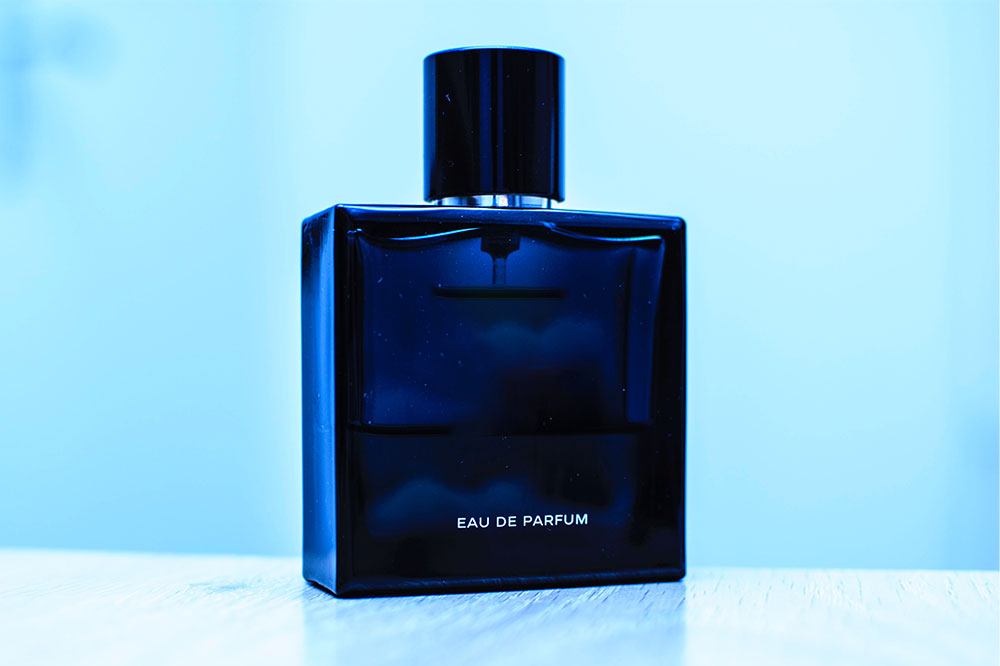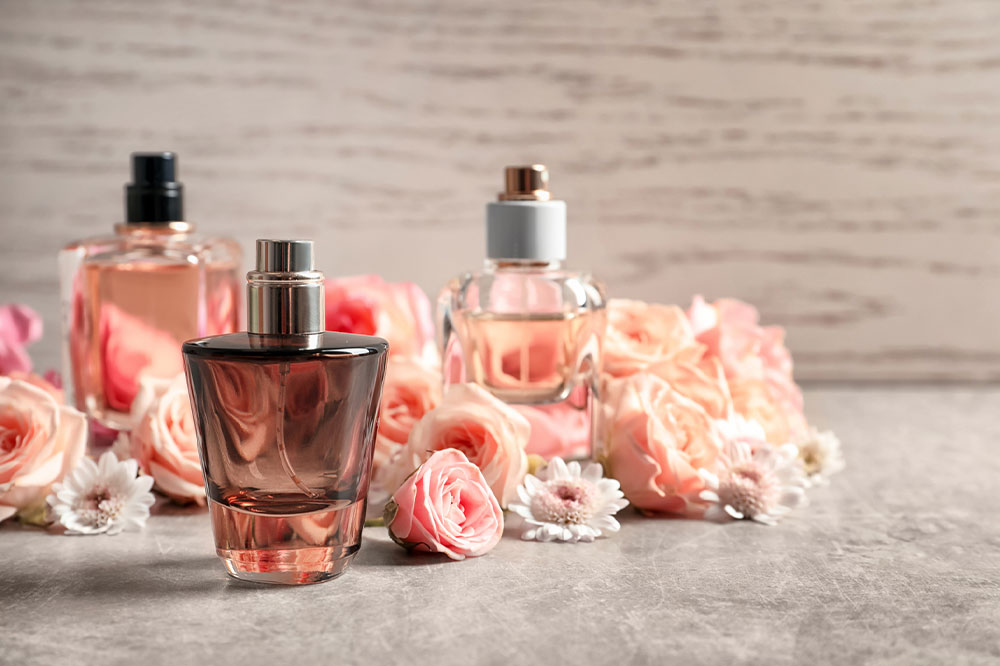Guide to Classifying Fragrances
This comprehensive guide explains how fragrances are categorized based on composition, gender, scent profile, and product type. It highlights the importance of understanding scent interactions and the variety of fragrant products available for daily use, relaxation, and special occasions, emphasizing the science and artistry involved in perfume creation.

Guide to Classifying Fragrances
Fragrances uplift the mind, body, and spirit, providing calming effects even with a simple whiff. They are mass-produced in factories ensuring high quality and consistency, with each drop maintaining its sweet aroma until the very end. Understanding the different categories of perfumes and their storage methods can enhance your experience.
By composition
Perfumes originate from ingredients that emit pleasant, sweet scents. These blends are tested through various experiments, with samples used for feedback and market research, often in spray or blotter form.
By gender
Fragrance formulations differ for men and women, as scents react uniquely with body chemistry. Variations in body odor and sweat influence the final scent, making personalized perfumes essential for each individual. Extensive research is conducted to develop safe and compatible fragrances for daily use.
By scent profile
Fragrances are categorized as spicy, sweet, fruity, musky, floral, or fresh. Personal preferences vary, and fragrances interact with natural body odors, influencing the overall scent. This is why perfumes, deodorants, and body sprays differ in aroma and effect.
By product type
In addition to perfumes, fragrance-infused products include candles, body soaps, body washes, colognes, aftershaves, and more. These products enhance mood and relaxation, whether in daily routines or special occasions. Scented candles create calming atmospheres, while incense sticks used in temples or during meditation emit soothing fragrances.








